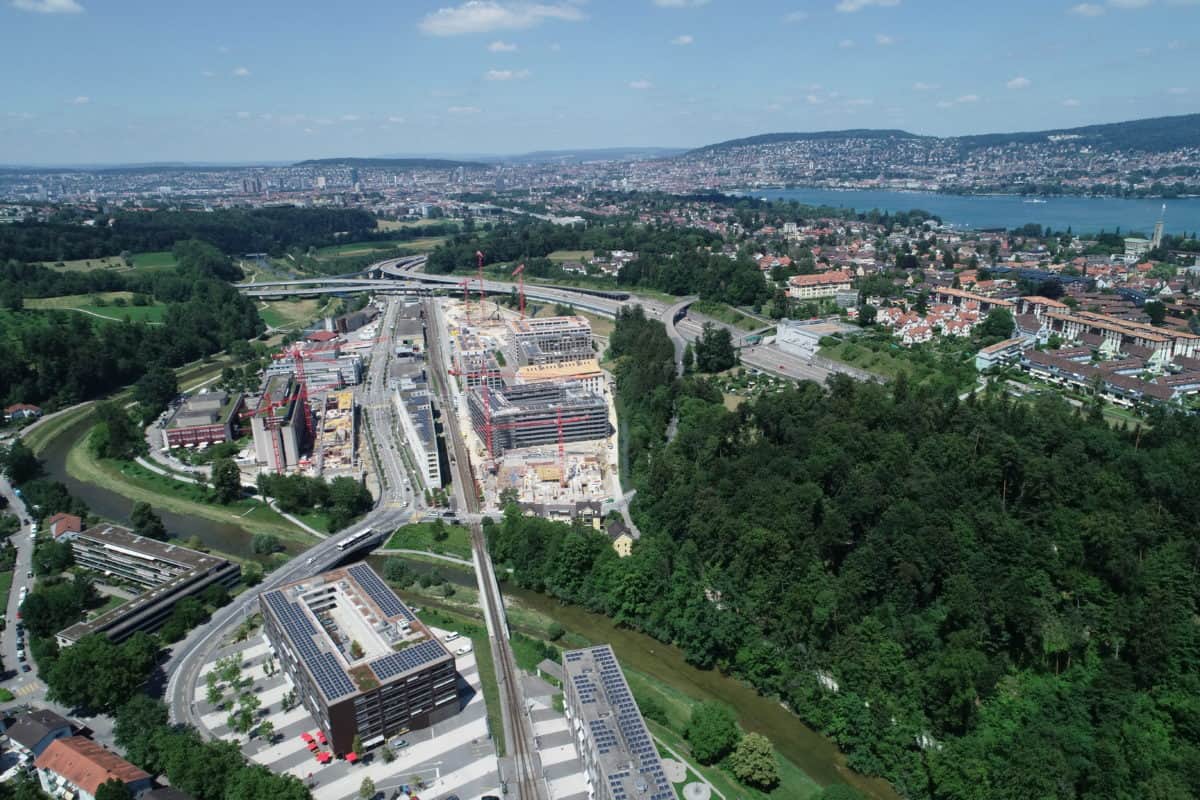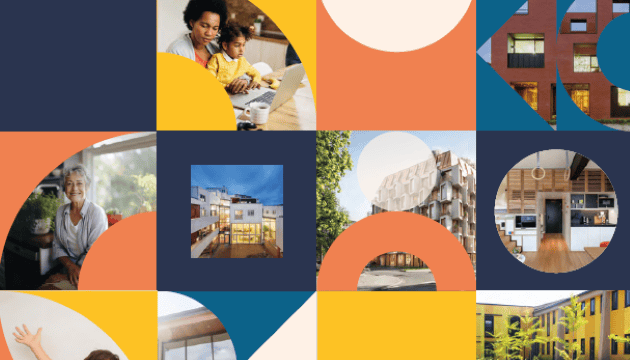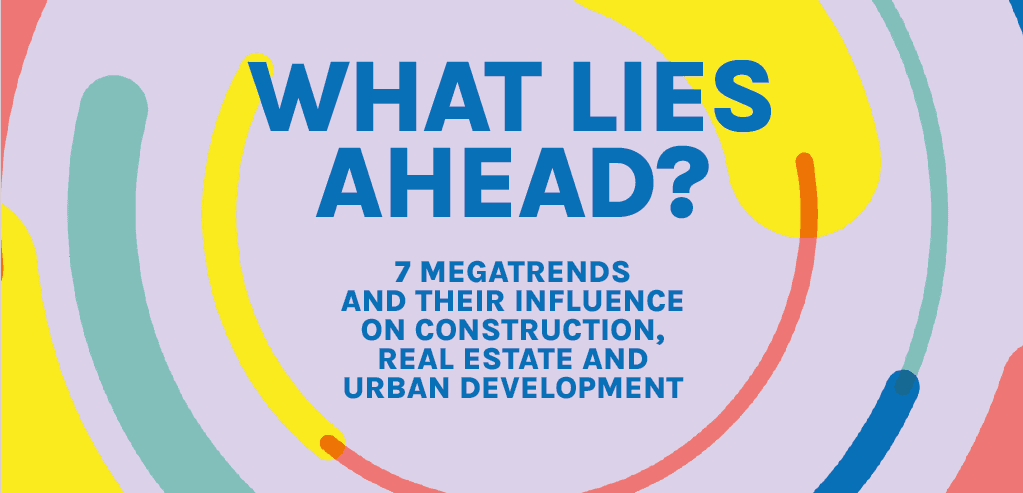
Cities to be: “From aspirational metropolis to inspirational city”
3 minutes of reading
Providing levers for attaining the goals of sustainable development, such is the ambition of Cities to Be. In concrete terms, this means pooling experiences, solutions and best practices, generating momentum among the territories, and persuading players of the building sector to commit to such goals. All in the aim of creating a denser, more resilient city that offers, quite simply, a pleasant way of life.

Co-hosted by Alliance HQE-GBC and the Novabuild cluster, the international sustainable building congress, Cities to Be, was held in Angers on 12 & 13 September. And with 1,700 participants, this 8th occasion of the event has been a success, to say the least! “Eight years ago, there were just 80 of us in a disused building”, recalls Philippe Pelletier, chairman of the Sustainable Building Plan. Besides the number of participants, success was also achieved in terms of the quality and richness of the discussions. To the extent that it would be difficult to summarise. “What strikes me most as a result of these meetings is that we have a community of highly-motivated people who want to take things further and faster, and put more energy into renovation, sustainable building and the sustainable city”, sums up Philippe Van de Maele, chairman of Alliance HQE-GBC.
“From building level to city level”
All the relevant topics were addressed: “We ventured out of the comfort zone, with at least two out of three plenary sessions being rescheduled to avoid staying among ourselves and get the message across that it no longer suffices to talk about sustainable development”, explains Laurent Rossez, chairman of Novabuild. So delegates did not focus on one single topic, be it eco-construction, carbon, energy, biodiversity or air quality. They went beyond this logic, considering all the criteria of sustainable development, including respect for the environment, quality of life and economic performance. And not just in terms of building and renovation, but also, more importantly, in terms of building in cities. Indeed, the former can no longer be considered without the latter. “This is one of the most important challenges we face in the reduction of the impacts of climate change”, says Philippe Van de Maele. Pooling, multi-purposing (…) All of this is well underway, since moving from building-level to city-level thinking is the very logic behind Cities to Be.”Density and urban sprawl
Urban density is one of the key topics addressed at this event. According to Laurent Rossez, it is not a term to shy away from. “It is not incompatible with a pleasant, happy environment, as long as it is planned and designed in cooperation with the residents.” Urban sprawl is intrinsically linked to density and was another key topic of the discussions. Minister Julien Denormandie, at the Ministère de la Cohésion des territoires et des relations avec les collectivités territoriales, in charge of cities and housing, and Emmanuelle Wargon, Secretary of State at the Ministère de la Transition écologique et solidaire, both spoke on this subject. “This is the first time I’ve heard two ministers say it’s time to move on from permanent expansion to the self-renewing city”, says Laurent Rossez with satisfaction. But for him and many other participants, this idea needs to go further. “We probably need to abandon the logic of condensed macro-systems in the big metropolises and instead encourage more resilient systems, without giantism, at a smaller, city scale. In other words, move from the aspirational metropolis to the inspirational city.”More reading
Read also




What lies ahead? 7 megatrends and their influence on construction, real estate and urban development
Article
20 minutes of reading

